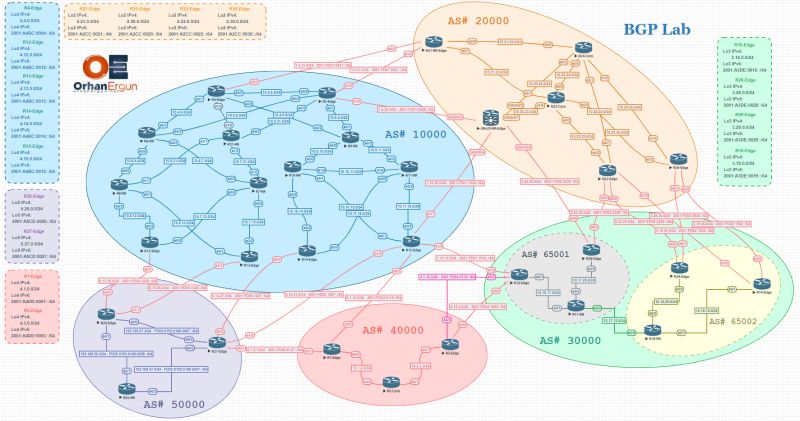BGP Weight vs. MED: Choosing the Right Tool for Routing
August 25, 2024
8 min read
JasonLake
Related Courses
Enhance your knowledge with these recommended courses

BGP Training
Most comprehensive Border Gateway Protocol, BGP Tutorial. BGP Course about BGP Protocol, with 35 hours of BGP Design, BGP Theory, and BGP Labs Best Online BGP Video Training by Orhan Ergun.
$59
View CourseBecome an Instructor
Share your knowledge and expertise. Join our community of instructors and help others learn.
Apply Now
About the Author
JasonLake
I'm a network engineer who works for 8 years in the industry. I am trying to help people through my blogposts. Welcome to my blogs.
Share this Article
Subscribe for Exclusive Deals & Promotions
Stay informed about special discounts, limited-time offers, and promotional campaigns. Be the first to know when we launch new deals!